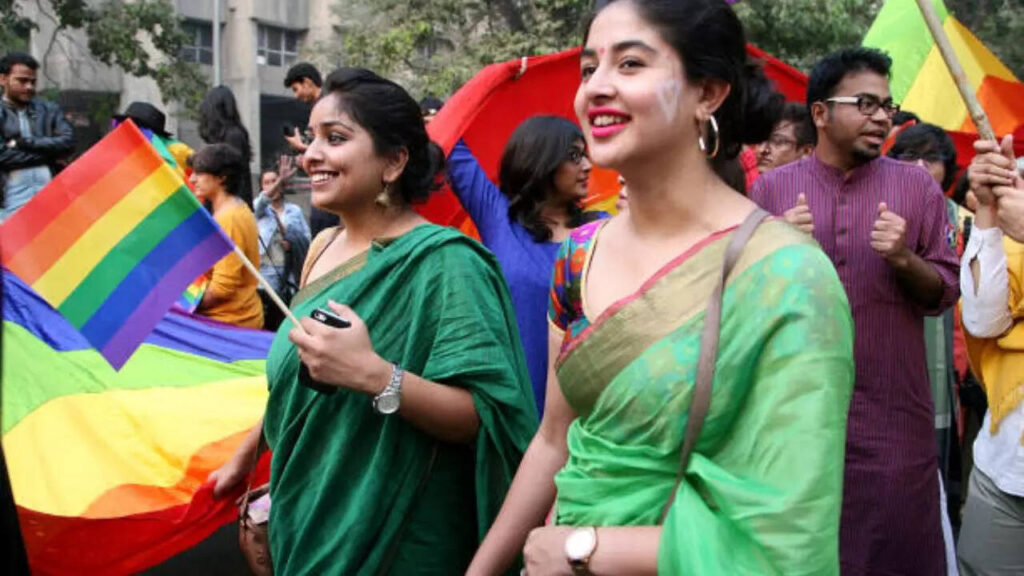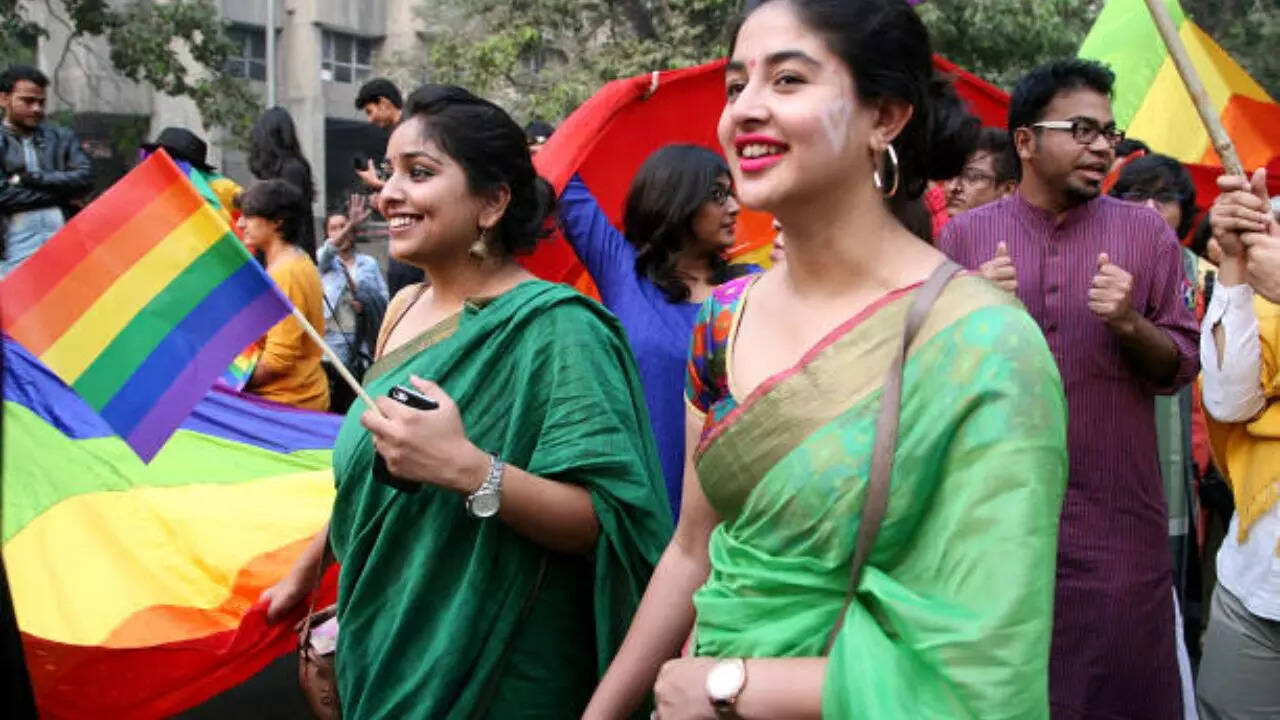
What’s the Difference Between Lesbian and Queer? Exploring Identity and Terminology
Navigating the landscape of sexual and gender identities can sometimes feel like traversing a complex maze. Terms like “lesbian” and “queer” are frequently used, yet their meanings and implications can often be misunderstood or conflated. Understanding the nuances between these terms is crucial for fostering inclusivity, respect, and accurate communication. This article aims to clarify the differences between “lesbian” and “queer,” exploring their historical contexts, contemporary usages, and the diverse experiences they represent. As we delve into what’s the difference between lesbian and queer, we’ll uncover how these terms contribute to the broader LGBTQ+ narrative.
Defining Lesbian: An Orientation Rooted in Female Attraction
The term “lesbian” specifically refers to a woman who is romantically, sexually, or emotionally attracted to other women. It is an orientation-based identity, directly linked to the gender of the individuals involved in the attraction. The word itself traces back to the Greek island of Lesbos, the birthplace of the poet Sappho, who wrote passionately about her love for women. This historical connection provides a rich, albeit sometimes contested, origin for the term.
Within the lesbian community, there is significant diversity. Lesbians come from all walks of life, representing various ethnicities, socioeconomic backgrounds, and personal expressions. The experience of being a lesbian is unique to each individual, shaped by their personal journey, cultural context, and level of acceptance within their community. It’s crucial to recognize that being a lesbian is not a monolithic experience; it encompasses a wide spectrum of identities and expressions.
Understanding Queer: A Broader Umbrella Term
Unlike “lesbian,” which is a specific orientation, “queer” is a broader, more inclusive term. It has evolved significantly over time and carries multiple layers of meaning. Historically, “queer” was used as a derogatory slur against individuals who did not conform to societal norms regarding sexual orientation or gender identity. However, in the late 20th century, activists and academics began to reclaim the term, transforming it into a symbol of resistance and empowerment.
Today, “queer” is often used as an umbrella term to encompass anyone who is not heterosexual or cisgender. This includes lesbian, gay, bisexual, transgender, intersex, asexual, and other non-normative identities. It can also be used as a standalone identity by individuals who feel that other labels do not fully capture their experiences or who actively reject the constraints of traditional categories. The term “queer” emphasizes fluidity, intersectionality, and a rejection of rigid identity classifications.
Queer as a Political Statement
Beyond its function as an umbrella term, “queer” also carries a strong political connotation. It often signals a commitment to challenging heteronormativity, dismantling oppressive systems, and advocating for social justice. Queer activism often intersects with other social justice movements, such as feminism, anti-racism, and disability rights, recognizing that various forms of oppression are interconnected. By embracing the term “queer,” individuals and communities can actively resist assimilation into mainstream culture and assert their unique identities and perspectives.
Key Differences Between Lesbian and Queer
To summarize, the primary difference between “lesbian” and “queer” lies in their scope and usage. “Lesbian” specifically refers to women attracted to women, while “queer” is a broader term that encompasses a wide range of non-normative sexual orientations and gender identities. Here’s a breakdown of the key distinctions:
- Specificity vs. Inclusivity: Lesbian is a specific sexual orientation; queer is an umbrella term.
- Historical Context: Lesbian has roots in ancient literature; queer has a history of being a slur that has been reclaimed.
- Political Connotation: While both terms can be political, “queer” often carries a stronger emphasis on challenging societal norms and systems of oppression.
- Identity vs. Orientation: Lesbian is primarily an orientation-based identity; queer can be used as both an identity and a political stance.
Understanding these distinctions is essential for respectful and accurate communication. While some lesbians may also identify as queer, not all queer individuals are lesbians. It is crucial to respect individuals’ self-identification and avoid making assumptions about their identities or experiences.
The Overlap and Intersections
Despite their differences, there are significant overlaps and intersections between the terms “lesbian” and “queer.” Many lesbians embrace the term “queer” to express solidarity with the broader LGBTQ+ community, to signal their commitment to social justice, or to reject the limitations of traditional labels. For some, identifying as “queer” allows them to express a more fluid or expansive understanding of their sexuality. It’s important to recognize that individuals’ choices in self-identification are deeply personal and should be respected.
Furthermore, both lesbian and queer communities have faced similar challenges and fought for similar rights. From the Stonewall Riots to the fight for marriage equality, lesbians and queer individuals have often worked together to advocate for LGBTQ+ rights and equality. These shared struggles have fostered a sense of solidarity and mutual support, even as the terms themselves retain distinct meanings.
Why Understanding the Nuances Matters
Understanding the nuances between terms like “lesbian” and “queer” is not merely an academic exercise. It has real-world implications for how we communicate, interact, and advocate for LGBTQ+ rights. Accurate language is essential for creating inclusive spaces, challenging stereotypes, and fostering a sense of belonging. When we fail to understand the nuances of identity, we risk perpetuating harmful stereotypes, misgendering individuals, and undermining their experiences.
Moreover, understanding the historical and political contexts of these terms is crucial for engaging in meaningful dialogue about LGBTQ+ issues. The term “queer,” in particular, carries a complex history of oppression and resistance. By understanding this history, we can better appreciate the significance of its reclamation and its continued use as a symbol of empowerment.
The Evolving Language of Identity
The language of identity is constantly evolving. As societal norms shift and individuals gain greater freedom to express themselves, new terms emerge, and existing terms take on new meanings. It’s important to remain open to learning and adapting our language to reflect the evolving landscape of identity. This requires ongoing dialogue, active listening, and a willingness to challenge our own assumptions.
Furthermore, it’s crucial to recognize that language is not neutral. The words we use can either empower or marginalize individuals and communities. By choosing our words carefully and striving to use language that is respectful and inclusive, we can contribute to creating a more just and equitable world. The ongoing conversation about what’s the difference between lesbian and queer exemplifies this need for continuous learning and adaptation.
Conclusion: Embracing Complexity and Respecting Individuality
In conclusion, what’s the difference between lesbian and queer can be understood through their scope, historical context, and political connotations. “Lesbian” specifically refers to women attracted to women, while “queer” is a broader umbrella term encompassing a range of non-normative sexual orientations and gender identities. While there are overlaps and intersections between these terms, it’s crucial to respect individuals’ self-identification and avoid making assumptions about their identities or experiences.
By embracing the complexity of identity and striving to use language that is respectful and inclusive, we can contribute to creating a more just and equitable world for all. As the language of identity continues to evolve, it’s important to remain open to learning and adapting our language to reflect the evolving landscape of identity. [See also: Understanding Gender Identity] [See also: LGBTQ+ History and Activism]

